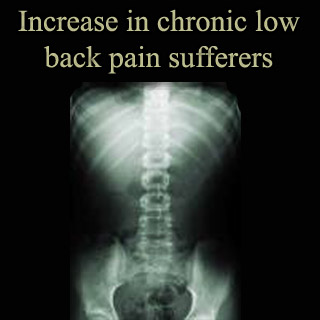
Study investigators, Timothy S. Carey, MD, director of the Sheps Center; and Sarah Graham Kenan, professor in the departments of medicine and social medicine in the UNC School of Medicine, say that, “Considering the social and economic costs of chronic low back pain, these findings are alarming. Low back pain is the second most common cause of disability in the United States and a common reason for missing work.â€
Lead author of the study, Janet Freburger, PhD, research associate at Sheps Center, says that, “People with chronic low back pain also use an enormous amount of health care.†She further says that, “Discerning whether the prevalence of this condition is increasing and contributing to the increase in the use of health care services is vital for developing strategies to contain costs and improve care.â€
This study was conducted using a telephone survey of more than 4,000 households in 1992 and in 2006. Those subjects were categorized as chronic low back pain sufferers, who complained of pain almost everyday for about an average of three months, or if they reported having experienced more than 24 episodes of pain which restricted their activity for a day or two in the past year.
The obtained reasons for the increase in the number of chronic low back pain sufferers remained misty. However to a certain extent some factors like depression, obesity, etc. may contribute to this increase. Another probable reason could be the increase in the number of construction and service industry jobs.
This study was funded by the National Institute of Arthritis and Musculoskeletal and Skin Diseases.
Their findings are published in the Archives of Internal Medicine issue.
